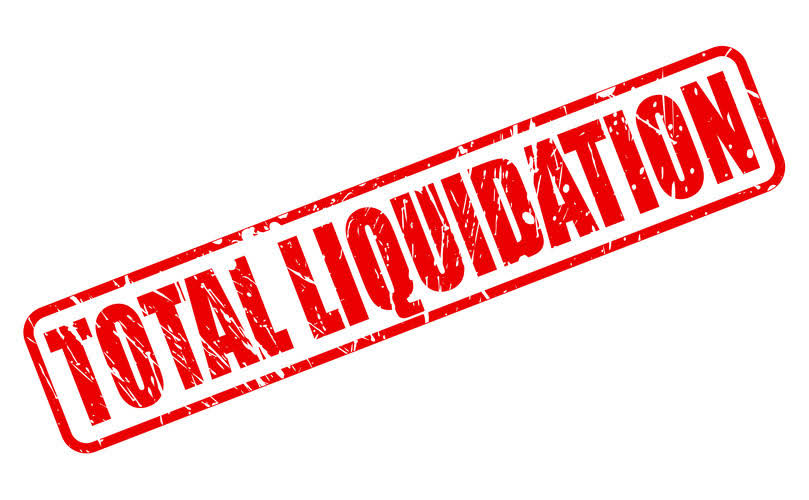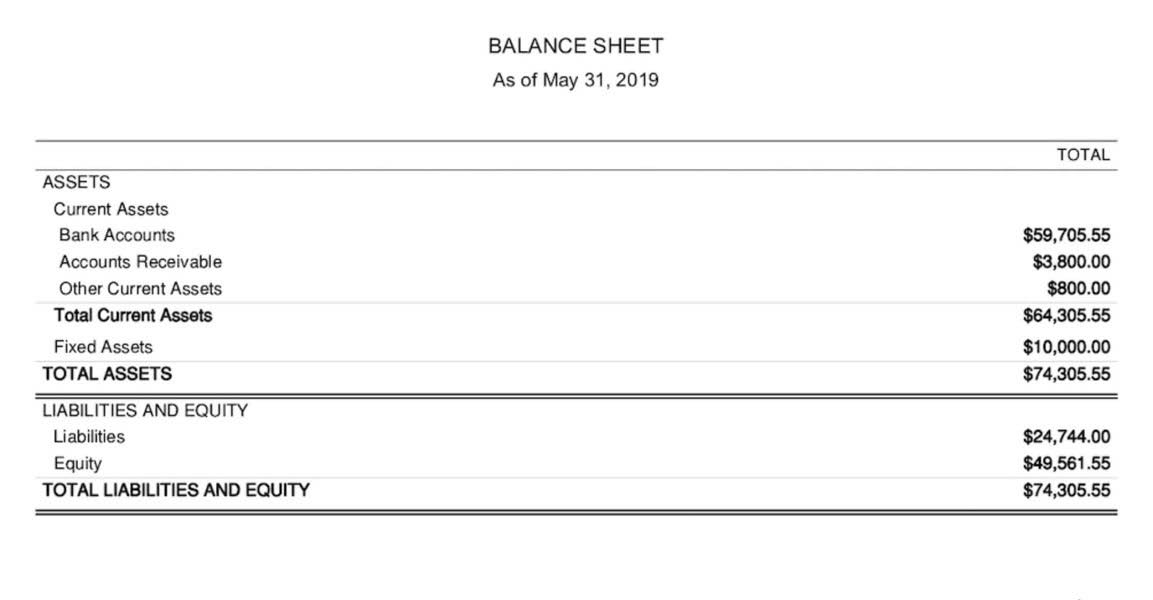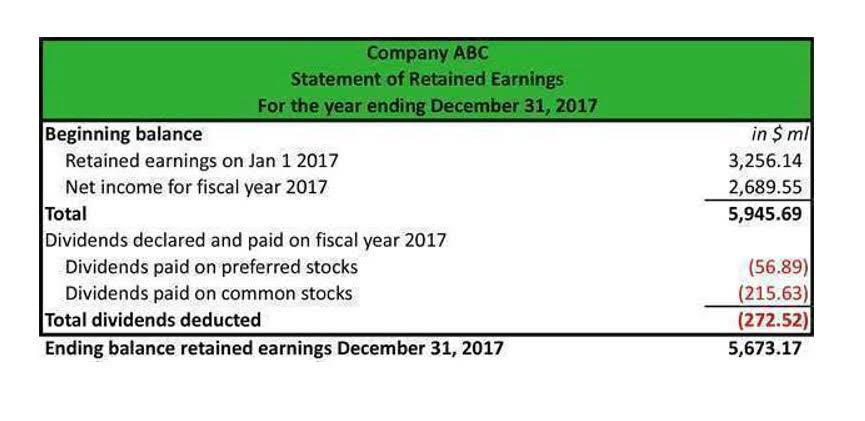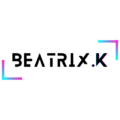
If the suppliers of the business offer the business strict credit terms and a shorter credit repayment period, then the payable days of the business will be affected. Some businesses may also choose to pay their payables before a specified time to avail early settlement discounts offered by suppliers or to ensure a healthy relationship with suppliers is maintained. Either way, shorter payable days can affect the cash operating cycle of a business adversely. An increased operating cycle can result from slower inventory turnover, longer times to collect payments from customers, or delays in paying suppliers. Issues like production delays, excess stock, or lenient credit terms can all contribute to a longer cycle, affecting cash flow.
- Full cycle accounting is the process of recording transactions, posting journal entries, making adjustments, and preparing financial statements.
- A company can also sell products on credit, which results in accounts receivable (AR).
- One of the most important goals of any business is to attract customers and convert them into loyal…
- In this guide, we’ll unravel the intricacies of the operating cycle, shedding light on its crucial role in financial management.
- This means that it takes ABC Co. 50 days from its initial purchase of inventory to the time this inventory is sold and cash is received for it.
- Either way, shorter payable days can affect the cash operating cycle of a business adversely.
What is Operating Cycle & How to calculate it? (With Formula)

Operating period (also called operating cycle) is the cycle of business activity in which cash is used to buy resources that are converted into products or services and then are sold for cash. When thinking about the order to prepare financial statements, the statement of changes in equity is prepared last. This statement shows a company’s changes in equity during a specific period of time. According to the definition of the accounting cycle, it is the process of recording business transactions. The third of the steps of the accounting cycle is to apply transactions to the account they impact. These accounts, which form part of the general ledger, provide a broad overview of all business accounts.
Example 1: A retail business 🔗

The purpose of adjusting entries is to ensure both the balance sheet and the income statement faithfully represent the account balances for the accounting period. There are five types of adjusting entries as shown in Figure 3.5, each of which will be discussed in the following sections. Finally, if the business wants to reduce its cash operating cycle, it must negotiate better repayment terms with its suppliers that allows the business more flexibility in making payments. The higher the accounts payable period of a business is, the better it is for the cash operating cycle.
Example 1: Retail Industry

To better understand this, let’s look at real-world examples across different industries. The Accounts Payable Management first step in the accounting cycle is to identify and record transactions through subsidiary ledgers (journals). When financial activities or business events occur, transactions are recorded in the books and included in the financial statements. Types of accounting periods for recording transactions include monthly and annually.

The operating cycle serves as a valuable tool for businesses to assess their financial health, identify operational inefficiencies, and make informed decisions for long-term success. The accounts payable payment period indicates the average number of days it takes for a company to pay its suppliers for the goods and services it has purchased on credit. When a company takes too long to collect its accounts receivable, has too much inventory, or pays its expenses too quickly, it lengthens the CCC. When a company collects payments quickly, correctly forecasts inventory needs, or pays its bills slowly, it shortens the CCC. If two companies have similar values for return on equity (ROE) and return on assets (ROA), investors may choose the company with the lowest CCC value.
- By carefully controlling your inventory, you can reduce carrying costs, minimize the risk of obsolescence, and ensure that you have the right products available to meet customer demand.
- Generally, companies with longer operating cycles must require higher return on their sales to compensate for the higher opportunity cost of the funds blocked in inventories and receivables.
- The operating cycle formula provides you with valuable insights into the efficiency of your cash conversion process.
- Working capital is the life blood of any business, without which the fixed assets are inoperative.
- This integration allows businesses to leverage existing systems and data, significantly enhancing overall efficiency and accuracy.
- It equals the time taken in selling inventories (days inventories outstanding) plus the time taken in recovering cash from trade receivables (days sales outstanding).
This information is also helpful in making decisions about whether or not to invest in a company. The life cycle of accounting begins after unearned revenue the operating cycle in accounting has ended. This is because financial statements are prepared using information from the operating cycle. Since there are no credit sales, time taken in recovering cash from accounts receivable is zero.
Importance of the Accounting Cycle
Cash reconciling items will include outstanding payments, outstanding deposits that haven’t yet cleared the bank, and bank service fees. The net operating cycle and the operational cycle are the terms that usually confuse us. The net operating cycle is the money conversion cycle or cash cycle that shows how long it takes a business to earn money from the sales of stock. An operating cycle is crucial since it can show a firm’s owners how fast they can sell the stock. A shorter operating cycle, for instance, indicates that the business was capable of turning around rather rapidly.
Why is the Accounting Cycle Important?

This may be due to factors such as slow sales, excessive inventory levels, ineffective credit management, or cost overruns. Positive cash flow refers to the inflow of cash exceeding the outflow, indicating that a business generates more cash from its operations than it spends. At Step 3 a operating cycle company collects cash from customers or, in other words, the company collects accounts receivable. At Step 2 a company sells inventory, usually on account (i.e. credit sales). Naturally, some companies sell inventory for cash, and thus, this step is absent for them. For example, a company might record the sale of a product or the payment of rent.
